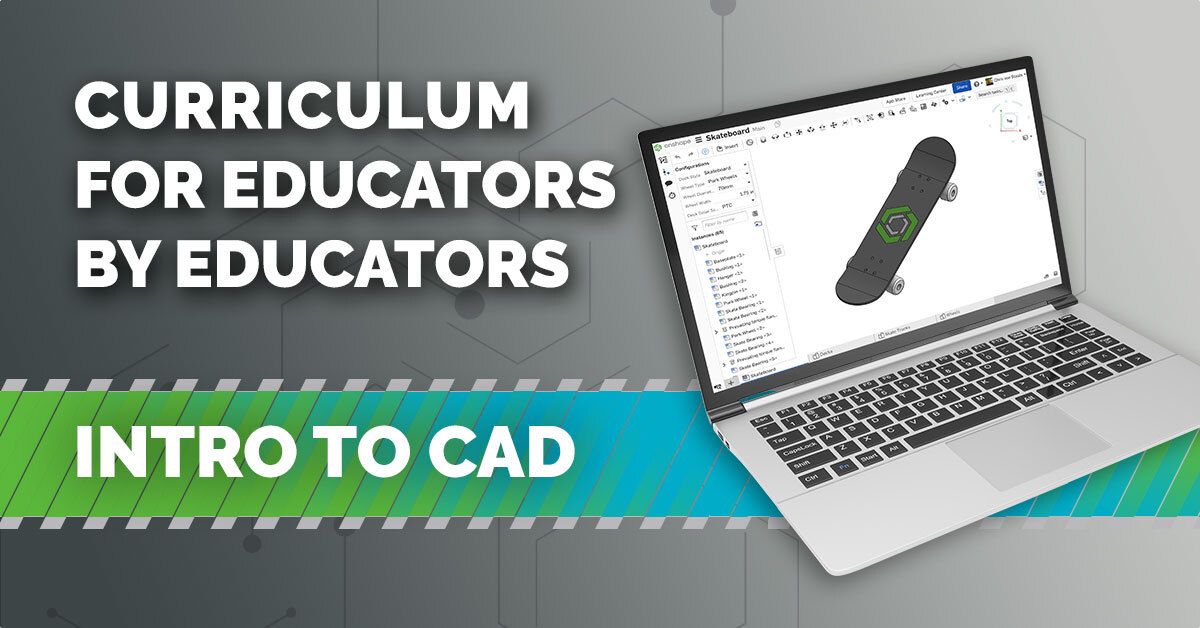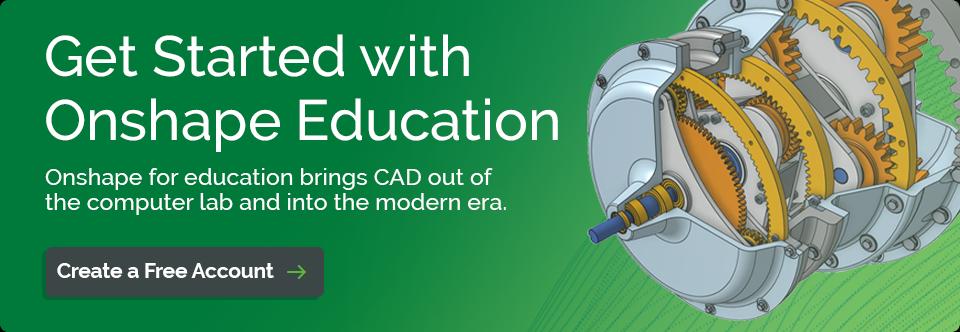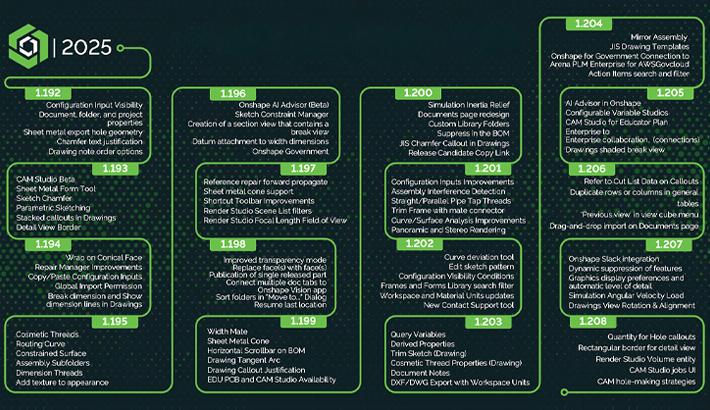
5:03
On a whim, 20 years ago I left my career as an engineer to become a teacher. The high school down the street had a few classes they needed filled — calculus, programming, technical drawing, and physics — and I was naive enough to apply for the job.
My first few weeks were a trial by fire. I had no teaching experience and it had been years since I studied physics or math. But my students were forgiving and my administration was supportive and before long I found my footing.
With no formal training, I had to learn about teaching practices through what my future grad school advisor would call the “apprenticeship of observation.” In other words, if you spend enough time in a classroom as a student, you pick up the norms and routines of teaching. And most of us learn that those are: lecture, homework, quiz, test, repeat.
For the next six years, I honed many skills as a teacher, including teaching CAD. My lectures got smoother, my homework assignments became more reasonable, and my assessments were more refined.
Then I stumbled across the concept of project-based learning, or PBL. True PBL discards a lot of the norms that I had been practicing in favor of letting students discover knowledge for themselves while immersed in educational experiences that are more authentic than listening to a lecture. PBL has students demonstrating mastery of content through projects of their own design. And it allows students to express themselves through the act of creation, which is something all students inherently enjoy.
Matt Shields teaching at Charlottesville High School, Charlottesville, VA.

I fell in love with the idea of project-based learning and decided to rewrite all of my curriculum — years’ worth of curriculum — to put student-designed projects at the center.
I quickly learned that if your students are going to be doing high-quality designing, you’re going to need some high-quality design tools. That is where CAD came in.
Professional-Level CAD for All Students
I had taught CAD years before, but it was merely CAD for CAD’s sake. Students were not learning it for the purpose of actually creating anything. Now a decade later, I needed my students to learn CAD as a tool for turning their ideas into reality. I tried a few CAD packages, but once I found Onshape, I was hooked. And more importantly, my students were hooked. My students grew up using web-based collaborative tools and instantly took to Onshape.
Most exciting for a lot of my students, especially lower-income students, was the fact that they had professional-level design software in their backpack. They could take their Chromebooks home and show their siblings and parents what they were designing. I had students—who almost never did their homework—staying up all night designing replacement parts for toys, gadgets from their favorite sci-fi movies, and jet turbine parts.
My last two years of teaching CAD were my favorite. I felt like I finally achieved what I had spent over a decade striving for. I had diverse classes of students discovering knowledge by pursuing projects of their own design at their own pace — and having a blast in the process.
Teaching CAD Using Onshape Resources
Since I achieved most of my goals as a teacher, my next step would be to help other teachers experience that same success and joy. So, when the Education team at Onshape approached me about the possibility of working with them to create curricula for students and teachers all over the world, I jumped at the chance.
Now, as a part of the Education team here at Onshape, my goal is to ensure that as many teachers as possible can experience that same joy. Here at Onshape, we have assembled a team of talented teachers and dedicated educators to create curricula that empower teachers, and enable their students to successfully learn how to use CAD as a medium for creating and communicating design.

Our first course is called Intro to CAD and it is everything a teacher would need to get started teaching CAD today—plus it’s free. So much more than a collection of how-tos, our courses include:
- Teacher guides complete with learning objectives, guiding questions, standards alignment, slide presentations, formative and summative assessments, and teacher tips.
- Media-rich student guides with step-by-step instructions and self-checks along the way.
- Pacing guides and unit outlines.
- Fun interactive CAD models for students to explore.
This course is made up of five units, each progressing students through more difficult lessons. The first unit has students exploring the world of design and 3D modeling. Units 2 through 4 teach students the basics of CAD and many of the tools and techniques unique to Onshape. By the end of the fifth and final unit, students will be comfortable creating collaborative and complex assemblies of their own design.
All of this content is either packaged right in Onshape or provided as Google docs. The content is ready to go right out of the box, but if teachers want to edit it or embed it in their learning management system (LMS), it is fully theirs to modify. The goal is to provide a rich set of curriculum resources for teachers to use, free of charge, however works best for them and their students.
This course is intended to take about nine weeks for students to progress through. The lessons contain opportunities for extension and exploration for students who may move faster. We announced this new curriculum during a webinar in September, and released the first of five units. We will continue to release lessons regularly, about two per week, with the final lessons coming out in mid-November 2021.
This is exactly the resource I would have wanted when I was a STEM teacher. Hundreds of teachers and students are already using it and the feedback has been great. Go to the Onshape Learning Center today and give the first unit a try. I think you’ll love it!
If you’re not already teaching CAD with Onshape, get started today!

Latest Content

- Case Study
- Consumer Products
How K2 Skis Accelerated Product Development by 25% with PTC’s Onshape
01.14.2026 learn more

- Blog
- News from Onshape @ PTC
Onshape at CES 2026: Where Innovation Meets the Show Floor
01.05.2026 learn more
- Blog
- News from Onshape @ PTC
Onshape’s Top 10 Best and Newest CAD Design Software Features of 2025
12.23.2025 learn more



